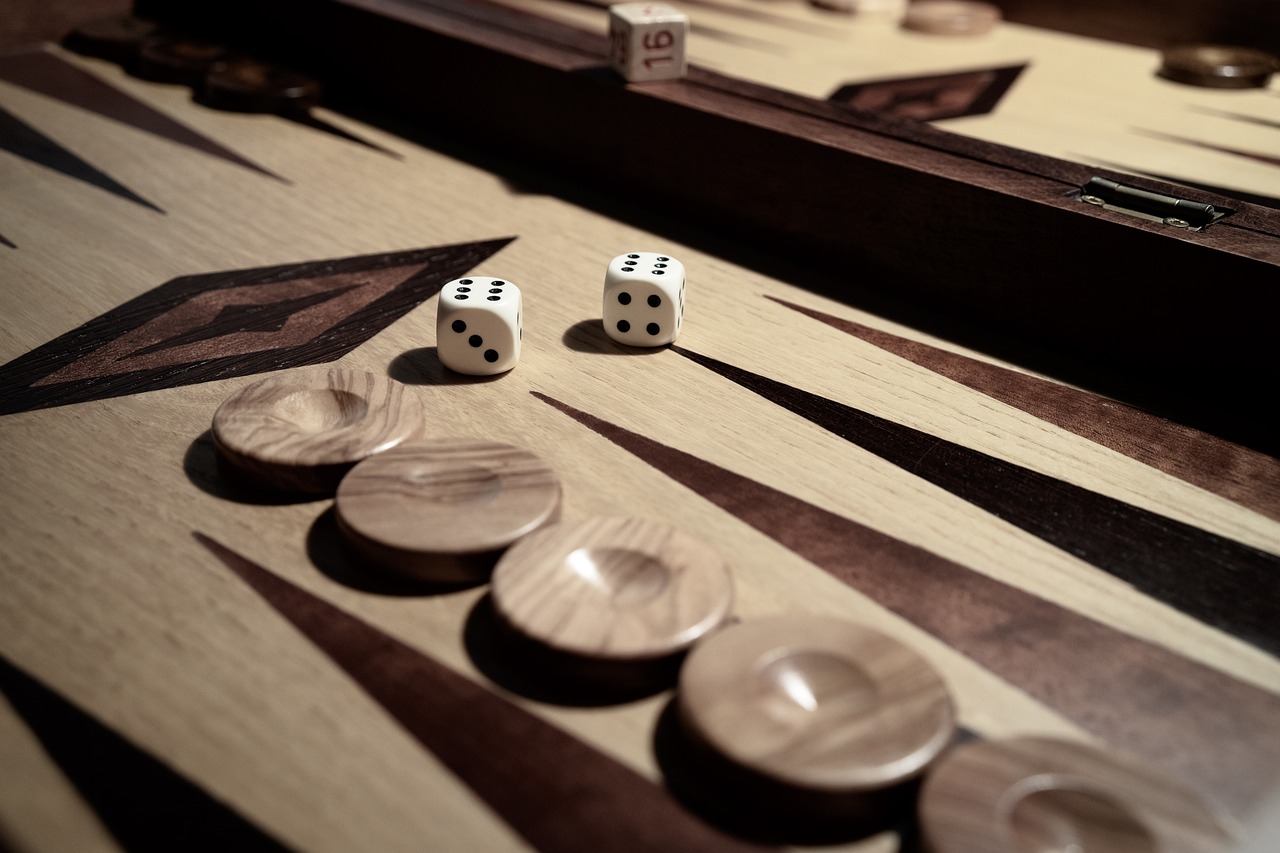Backgammon is a classic board game that combines luck and strategy, with greater emphasis placed on the latter. Planning and being flexible enough to adapt and adjust tactics as the game progresses is key to defeating any opponent. While the dice may influence your approach, they do not necessarily determine the winner. If you are new to this board game or are simply trying to improve your stats, keep reading to discover the basic backgammon strategies that you must know.
Top Backgammon Strategies to Improve Your Game
Once you have a taste of the excitement of playing backgammon, it is hard to ignore your competitive streak asking for more. When you are a beginner playing against other beginners, planning and thinking ahead is usually not that important. However, if you want to step up your game and start challenging more experienced players, you must know these strategies because you will either have to apply or defend against them if you want to win.
1. The Running Strategy
Out of all backgammon strategies, the running strategy is the most used and the most familiar to beginners, because It appeals to the basic racing instinct of getting to the finish line as quickly as possible!
However, if both players adopt this strategy, everything comes down to luck since the one who rolls better wins. For this reason, consider running for the home board only if the dice are kind to you from the beginning.
2. The Backgammon Blitz
The blitz is a pure attack strategy. Rather than trying to reach your home board to start bearing off, you focus on attacking your opponent’s lonely checkers to send them to the bar. It is a slow-paced approach, but it can be very effective
Since your opponent cannot advance unless they bring their checkers back onto the board, this will slow their progress while you continue moving forward without much concern for exposing your own checkers. You might even get lucky and your opponent might struggle to roll a valid number to re-enter their checkers, causing them to lose their turn continuously.
3. The Priming Strategy
This is a classic holding strategy. A prime refers to a wall of points (consecutive points with two or more checkers) that block or delay your opponent. You can have a 4-prime wall, a 5-prime wall, or, best of all, a 6-prime wall.
For example, if you build a 6-prime wall and trap an opponent’s checker behind it, it means your opponent cannot move that particular checker forward until you break the wall. Your opponent would need to roll a seven or higher to jump over the blocked points, but the highest roll on a die is six.
With the priming strategy, you take control of the board.
4. The Two-way Forward
This strategy combines elements of the priming and blitz strategies, along with aspects of the running strategy. It may be hard to adopt, but it gives you more room to maneuver in case you make a mistake or the rolls are not ideal.
In this strategy, you move your checkers to your home board as quickly as possible, while trying to create walls or primes at the same time. In other words, you try to move forward in a block instead of sending each checker on its way individually. Once you have built some sturdy walls, even if the priming strategy is not applicable yet, you can start targeting your opponent’s lone checkers.
The ultimate goal is to build a prime on your home board while an opponent’s checker is on the bar. This will prevent your opponent from playing as they continuously lose their turn while you bear off.
Defense Strategies
The strategies mentioned above are classics, well-known to regular players. Therefore, it is highly likely that your opponents will try to outplay you and adopt them first. If that happens, you need to keep calm and change your approach.
You might consider adopting one of the following defensive strategies to hold your ground and gradually undermine your opponent’s tactics, allowing you to regain an attacking position.
1. The Holding Game
At the start of a new game, you have two checkers on your opponent’s home board. Generally speaking, you would want to move them away from there as quickly as possible to avoid being trapped by a prime. However, if your initial rolls are too weak and your opponent is moving faster than you, consider a holding strategy.
This implies leaving your checkers on your opponent’s home board to keep them on their toes while you focus on your other pips. That way, your opponent can never relax knowing that if they leave a single checker unattended on a point, you can hit it and send it to the bar. Points 24 (closer to the outer limit of the board) and 19 (closer to the bar) are ideal for strengthening this threat.
2. The Back Game
This defensive strategy involves establishing multiple anchors on your opponent’s home board. Since moving checkers backward on the board is not allowed, you can only apply this strategy if you have pips sent to the bar and have to bring them back into the game.
These anchors offer three key advantages. First, if another of your checkers gets sent to the bar, you increase your chances of bringing it back quickly by controlling more than one point on your opponent’s home board. Second, you pose a permanent threat to your opponent. If they make a mistake and leave one checker unattended, you can hit it and send it to the bar. And third, you occupy space your opponent needs, because they can only bear off their checkers once they have all 15 on their home board.
These backgammon strategies may be simple, but their power to increase your chances of winning is undeniable. They are also the stepping stones for more advanced tactics used by professional players. Learn and master them to become a top backgammon player!

